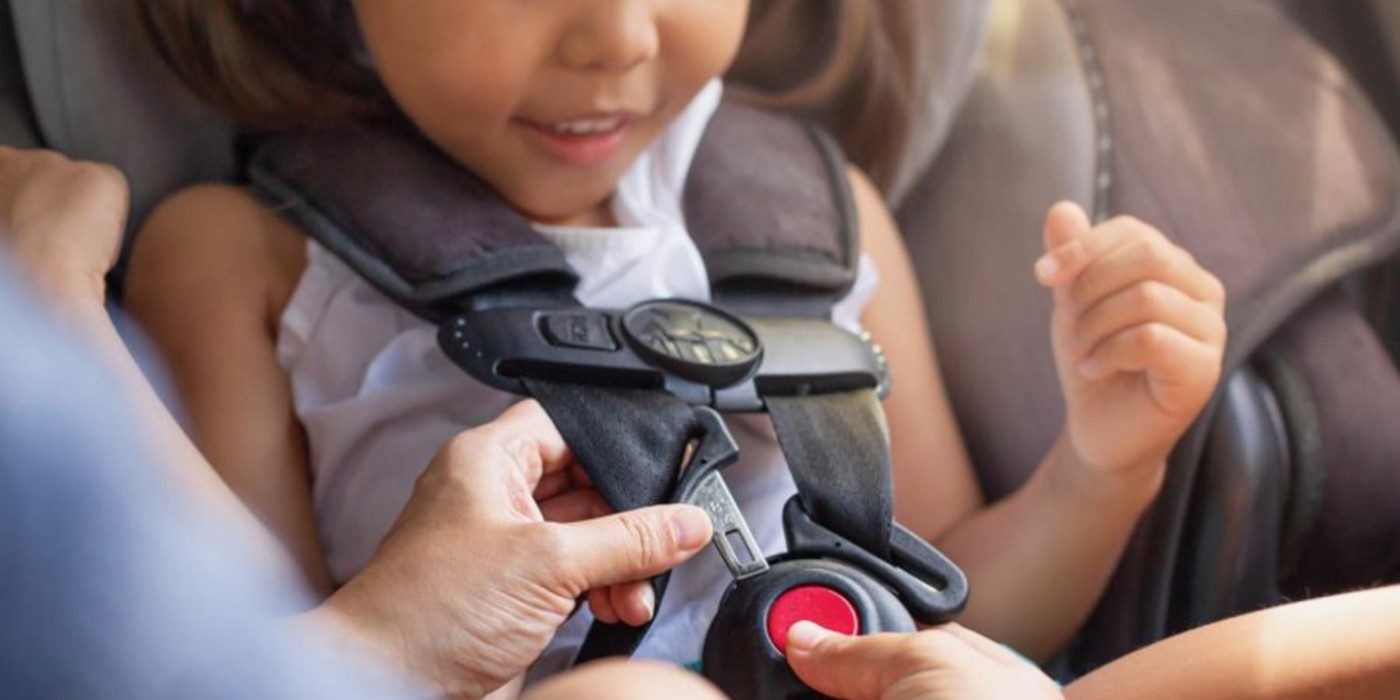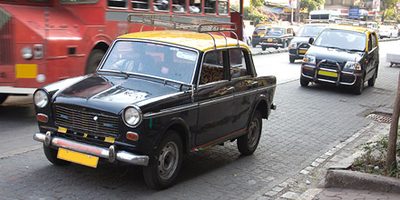
INTERventions to Correct Errors and Protect children Through child restraintS (Intercept): Task Analysis
Background
When used correctly, child car restraint systems are highly effective in reducing death and injury among children involved in car crashes.1 However, incorrect use of restraints is a widespread and long-standing unsolved problem affecting more than 50% of children travelling in cars.2 To date, work has focused on ensuring correct use of child restraints at the time of installation. However, ongoing information is required to ensure children are correctly restrained as they grow, as the type of restraint used changes. This study will explore the skills, knowledge, and motivation that parents require in the on-going correct use of child restraints.
1. Du W, Finch CF, Hayen A, Bilston L, Brown J, Hatfield J. Relative benefits of population-level interventions targeting restraint-use in child car passengers. Pediatrics. 2010;125(2):304-12.
2. Brown J, Hatfield J, Du W, Finch CF, Bilston LE. The characteristics of incorrect restraint use among children traveling in cars. Traffic Injury Prevention. 2010 11(4):391-8.
Aim
The current project will explore parent information (task requirement) needs by asking parents to conduct four tasks related to child restraint use. We will use this research to inform further development and testing of comprehensible information to assist parents to correctly restrain their child.
Research Methodology
If you decide to participate, the researcher will visit your home and you will be asked to complete the following study activities:
Participant Questionnaire (15 mins)
This questionnaire will collect information on your previous experience with child car seats, information you have used previously to help you use your car seat, and what your perceptions and attitudes are towards safety.
Child Car Seat Installation Trial (45 mins)
You will be asked to install a rearward to forward facing convertible car seat (0-4 years) into a car. You will need to do this four times, each time representing a different scenario. The four scenarios are:
- Installing the car seat brand new into your own car, as if you purchased it for the first time;
- Securing a small-sized child mannequin correctly and appropriately into the car seat and;
- Securing a larger sized child mannequin correctly and appropriately into the same car seat.
- Moving the child car seat from your own car and installing it into the researcher’s car.
As you are installing and using the car seat, we’ll ask you to do a ‘think aloud’ task. This task involves you telling us exactly what is going on in your mind as you step through each part of the process.
This trial will be video and audio recorded.
Are you eligible?
Before you decide to participate in this research study, we need to make sure that it is okay for you to take part. The research study is looking for people who meet the following criteria:
- Are you a parent or grandparent of a child aged 0-7 years?
- Are you aged 18 years or over?
- Do you have a current and valid Australian driver licence?
- Do you drive your own car?
- Do you live within 1 hour drive from the Sydney CBD?
- Do you travel at least once a week with your child, or the child you are caring for (aged 0-7 years) in your own car?
- Do you speak English well enough to be able to read and understand the information on the Participant Information Statement and Consent Form?
- Are you able to physically install a child car seat?
Current Status
Data collection in progress
I have questions about the study. Who do I speak to?
Please get in touch with a member of our research team through one of the following ways;
- Call a member of our research team on 02 8052 4531
- Email carseatstudy@georgeinstitute.org.au
- Email the Chief Investigator of the study, Associate Professor Julie Brown: jbrown@georgeinstitute.org.au
I am interested in participating. Where can I register?
- Click on the link below that will take you to the registration form.
- Answer a few questions to confirm you meet the eligibility criteria* for the study.
- Leave your contact details and availabilities for the research team to contact you about study participation.
Please refer to the Participant Information Statement and Consent Form on this page.
*Please note that we hope to recruit a broad range of people with difference car seat experiences. If we have reached the maximum number of participants for a particular group and we are unable to include you in the study for this reason, we welcome you to leave your contact details to be contacted for future studies, if you wish to be contacted. You may also exit the window if you do not wish to be contacted further.






